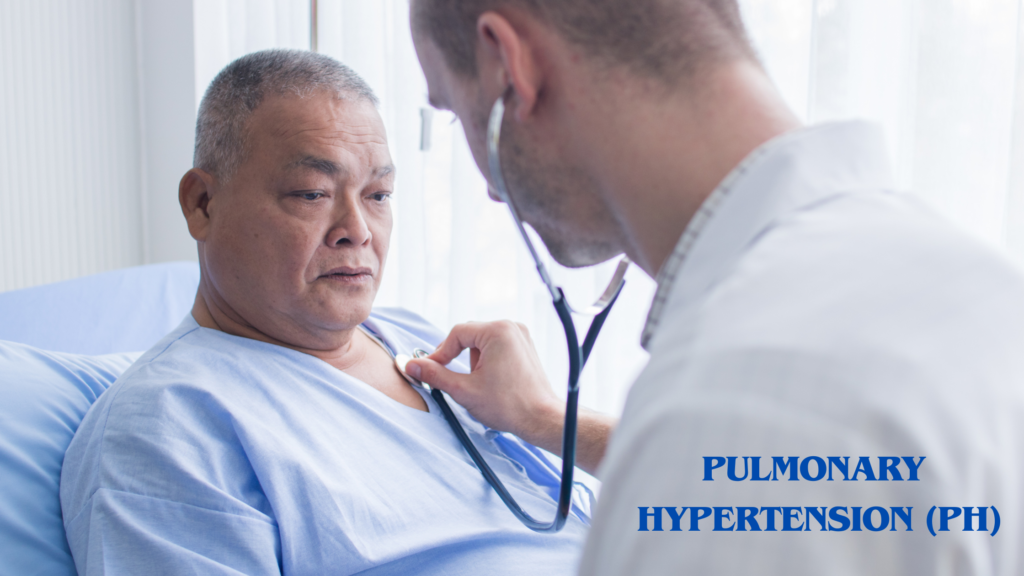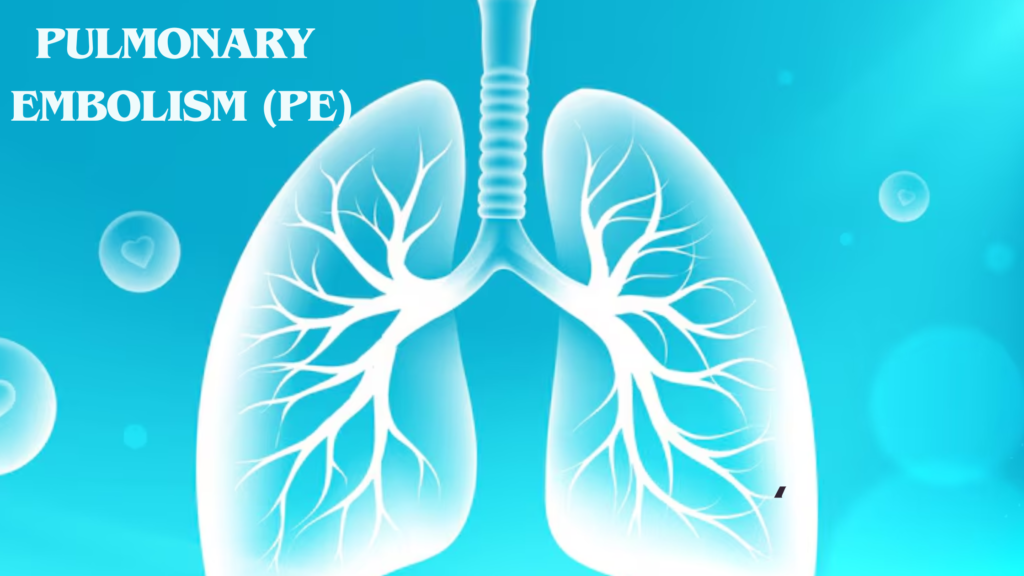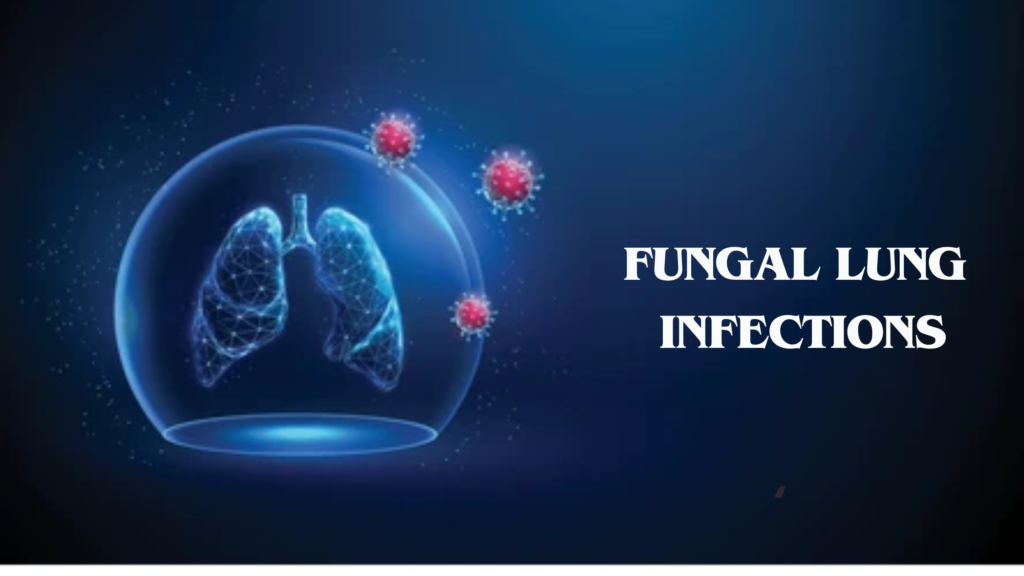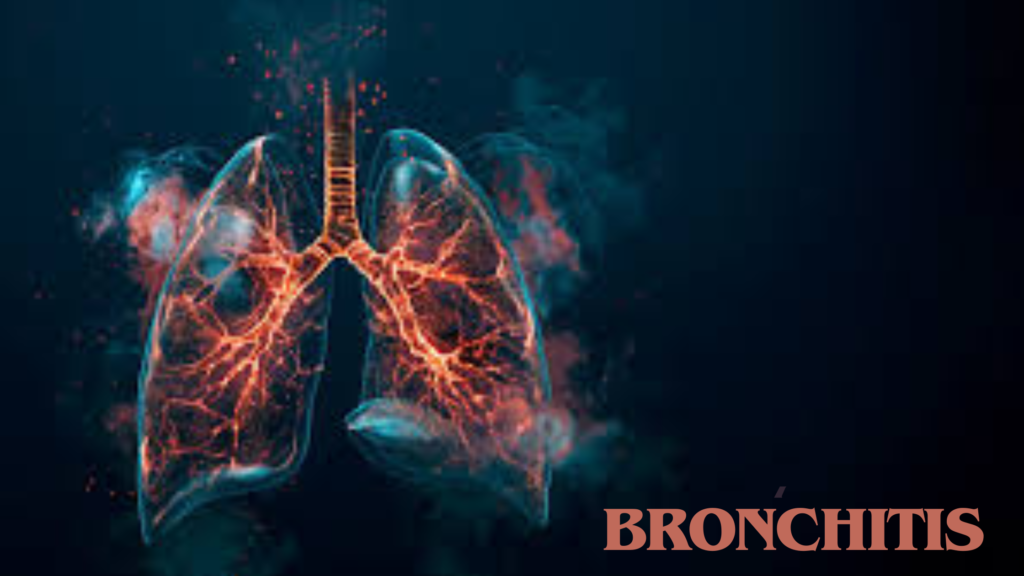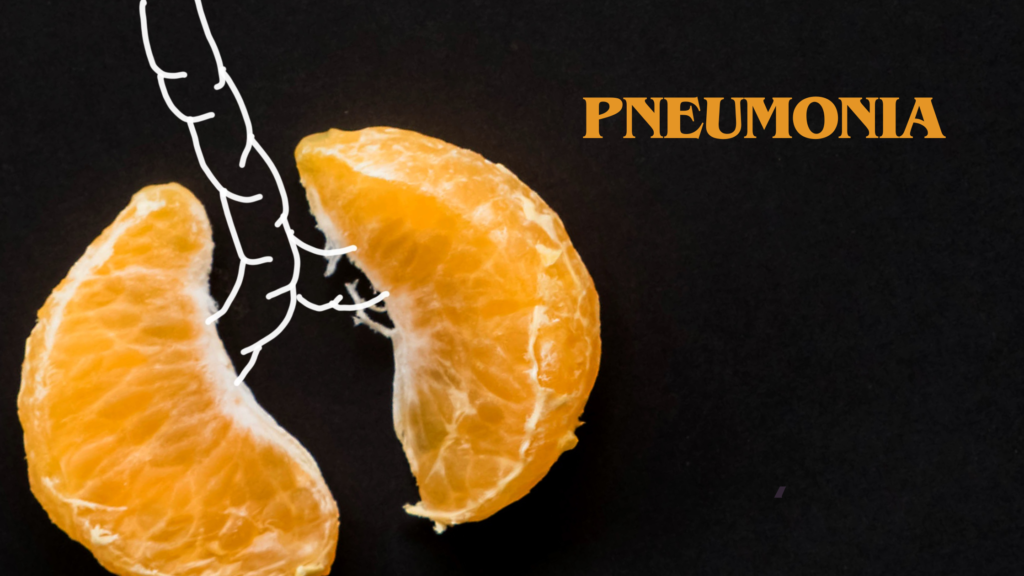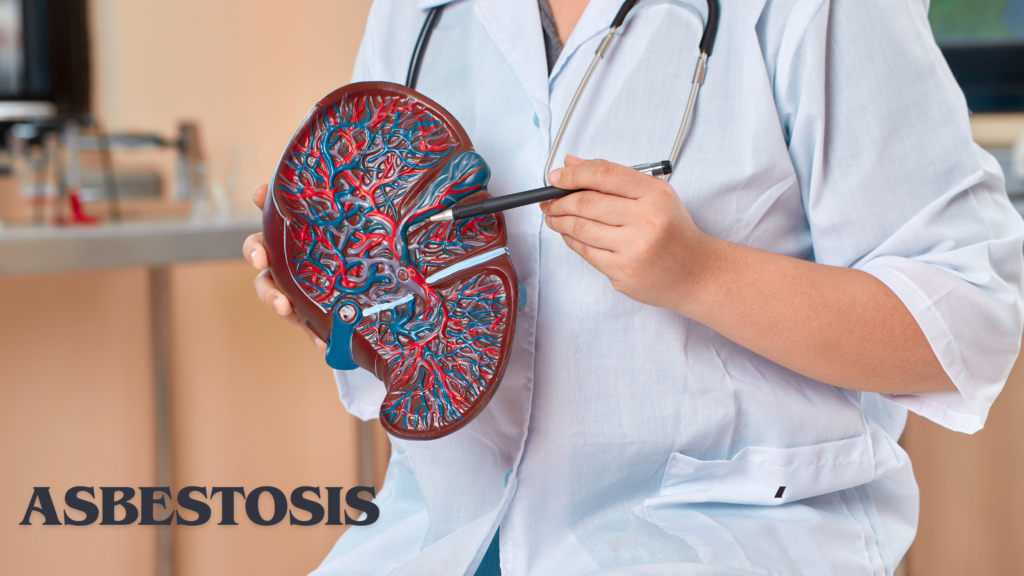Pulmonary Hypertension (PH)
🫀 Pulmonary Hypertension (PH) – Overview Pulmonary hypertension is a condition where the blood pressure in the pulmonary arteries (the vessels that carry blood from the heart to the lungs) is abnormally high. This puts strain on the right side of the heart, which can eventually lead to heart failure. 🏷️ Types of Pulmonary Hypertension […]
